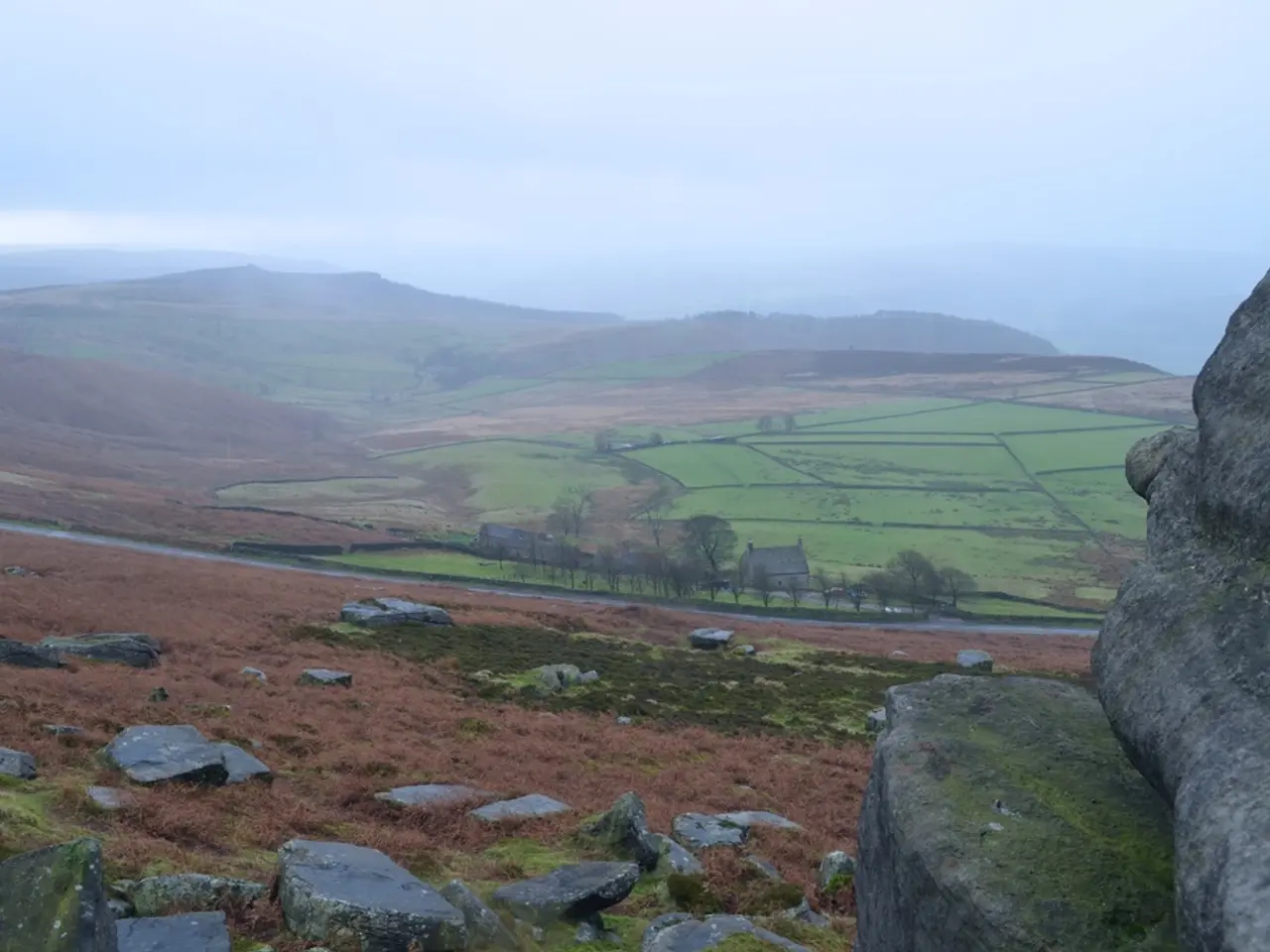Discovering the overlooked history of Saudi Arabia's Hijaz province, a journey stretching from Mecca to Jizan.
In the western third of Saudi Arabia, nestled along the Red Sea coast, lies the historically and geographically significant region of southern Hijaz. This area, home to the two most sacred Islamic cities, Mecca and Medina, holds profound importance for Muslims worldwide due to its deep-rooted ties with early Islamic history and its role as a pilgrimage route.
### Historical Significance
Southern Hijaz is steeped in religious and cultural significance, with Makkah and Madinah being the holiest cities in Islam. Makkah, home to the Kaaba, is the sacred site towards which Muslims pray and has been central to early Islamic development and pilgrimage (Hajj). Madinah, where Prophet Muhammad established the Muslim community and is buried, remains a spiritual center for Muslims. This region has shaped the early Islamic civilization and continues to be a spiritual center for Muslims worldwide.
The region was also part of key historic pilgrimage and trade routes, such as the Egyptian Hajj Road, which connected Egypt, Africa, and the Mediterranean to the Arabian Peninsula. This route facilitated centuries of Muslim pilgrimages, trade, and cultural exchange, as evidenced by Islamic inscriptions, caravanserais, forts, and water infrastructure along the way. These contributed to the spread of Islam and the development of Islamic civilization in the region.
Political and religious developments, such as the rebuilding of the Kaaba by Ibn al-Zubayr in the late 7th century, mark pivotal moments in Islamic history, reflecting the region's central role in both religious symbolism and political authority within the early caliphate. Before Islam's rise, southern Hijaz and adjacent areas featured a diversity of religious beliefs, including Christianity, which had established churches and ecclesiastical centers in the region, affecting local cultures and religious practices.
### Geography
The southern Hijaz's geography, with its mountainous and coastal landscapes, has deeply influenced settlement patterns and the development of trade and pilgrimage routes. The region's strategic location made it a nexus for the movement of peoples and goods between Africa, the Levant, and the Arabian interior. Routes such as the Egyptian Hajj Road passed through this area, connecting pilgrims from Egypt, Sudan, Central Africa, and beyond to Makkah and Madinah.
Infrastructure developed by successive Muslim rulers supported pilgrims and traders, including wells, bridges, and forts that facilitated the flow of people and goods. The region's geography has made it a focal point for religious, economic, and political activity throughout history.
In January 2023, the author traveled to Hijaz, Saudi Arabia, to perform the minor Islamic pilgrimage, Umrah. The journey offered a glimpse into the region's rich history and cultural significance, leaving an indelible mark on the author's understanding of the birthplace of Islam and the center of Muslim pilgrimage.
References: [1] Al-Rasheed, M. A. (2011). The Making of Islamic Culture: An Intellectual and Cultural History of the Arab World. Cambridge University Press. [2] Crone, P. M., & Hinds, M. (1986). God's Caliph: Religion, Law, and Empire in the Early Islamic World. Cambridge University Press. [3] Donner, F. E. (1981). The Early Islamic Conquests. Princeton University Press.
- An analysis of Southern Hijaz reveals its historical significance, especially as the home of the two holiest cities in Islam, Makkah and Madinah, known for their deep-rooted ties with early Islamic history and their role as a pilgrimage route.
- Saudi Arabia's southern Hijaz region, with its strategic location, has been a part of several historic pilgrimage and trade routes, such as the Egyptian Hajj Road, which facilitated centuries of Muslim pilgrimages, trade, and cultural exchange.
- The geographical diversity of southern Hijaz, with its mountainous and coastal landscapes, has influenced settlement patterns, trade, and pilgrimage routes, making it a focal point for religious, economic, and political activity.
- The region's rich historical and cultural significance was recently explored by an author during their January 2023 journey to Hijaz, Saudi Arabia, to perform the minor Islamic pilgrimage, Umrah.
- News media outlets often discuss political and religious developments in Saudi Arabia and neighboring regions like Palestine and Israel, but they seldom highlight the deeply rooted history and cultural significance of the southern Hijaz region.
- For travel enthusiasts interested in experiencing varied lifestyles and breathtaking landscapes, southern Hijaz, with its blend of history, culture, and natural beauty, offers a unique travel destination that resonates with the soul and fills gaps in understanding the birthplace of Islam and the center of Muslim pilgrimage.




